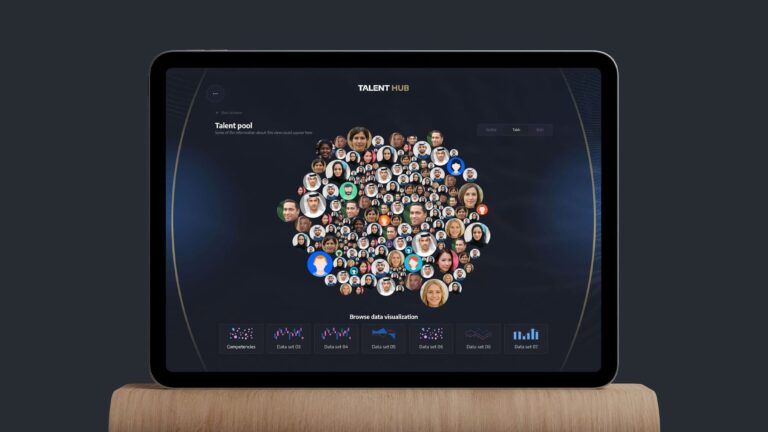Startups don’t fail because of competition.
They don’t fail because of funding.
They fail because they self-destruct.
The cause? Building too much, too fast.
It starts with good intentions, listening to user feedback, iterating quickly, and adding more features. But over time, what was once a simple, focused product becomes bloated, complicated, and difficult to maintain.
This isn’t just a theory. It’s the number one killer of startups. Let’s break it down.
The startup death cycle
Most startups follow a predictable pattern that leads to their downfall:
1. Launch an MVP
You start lean. A Minimum Viable Product (MVP) is released, small, simple, and focused. It solves one problem really well.
2. Users ask for more
Early users love the product but want just one more feature to make it perfect. Then another. And another.
3. Features pile up
To keep users happy, you start adding more functionality. The product grows beyond its original vision.
4. Product bloats
More features mean more complexity. The UI becomes cluttered, onboarding is harder, and maintenance becomes a nightmare.
5. Growth dies
Users stop engaging. New customers struggle to understand the product. Retention drops. The product collapses under its own weight.
And just like that, a startup with potential self-destructs not because of external factors, but because it couldn’t resist the urge to build more.
The truth about product growth
If adding more features doesn’t make a product better, what does?
1. More features ≠ Better product
A great product isn’t about how much it does but how well it does it. Look at Apple’s first iPhone. It had no App Store, no front camera, and no copy-paste. But it nailed the core experience: a beautiful touchscreen and seamless usability.
2. User feedback isn’t a roadmap
Listening to customers is important, but taking every feature request as gospel is dangerous. Users will always ask for more, but they don’t always know what’s best for the product.
Instead of blindly implementing requests, analyze patterns:
- Are multiple users asking for the same thing?
- Does it align with your core vision?
- Will it improve the product’s simplicity or add complexity?
3. Simplicity is a survival strategy
Simple products grow. Complex products stall.
The most successful companies master simplicity:
- Slack started as a simple team chat tool before evolving into a powerhouse.
- Airbnb focused on easy booking before expanding to experiences and luxury stays.
- Stripe made payments dead simple before expanding into banking services.
The lesson? Do one thing exceptionally well before expanding.
How to avoid the feature creep trap
1. Build fewer things, but with obsessive quality
Instead of rushing to add new features, perfect what already exists.
- Refine onboarding to ensure users instantly “get it.”
- Improve performance so the app feels lightning-fast.
- Polish design to remove friction.
The companies that succeed aren’t those with the longest feature list, but those that offer the smoothest experience.
2. Say “NO” 10x more than “YES”
Every time you add a feature, you add:
❌ More complexity
❌ More code to maintain
❌ More support requests
❌ More room for bugs
Steve Jobs was famous for saying “Innovation is saying no to 1,000 things.” You don’t build a great product by adding. You build it by subtracting.
3. Repel the wrong users to attract the right ones
Trying to please everyone means pleasing no one.
If your product is for small teams, don’t try to make it work for enterprises. If it’s for freelancers, don’t add features just because a big company requests them.
Examples:
- Basecamp rejects feature bloat to stay focused on small teams.
- Notion embraces a learning curve, filtering out casual users in favor of power users.
- Figma started as a browser-based design tool, ignoring requests for a desktop app and won because of it.
Great products stand for something. They repel the wrong users and attract the right ones.
Final thoughts
Startups don’t fail because of competition.
They fail because they lose focus.
The best products aren’t built by adding more.
They’re built by refining what matters.
✅ Focus on simplicity.
✅ Perfect the core experience.
✅ Say no more often.
Because when it comes to building a successful startup, less isn’t just more… it’s everything.








